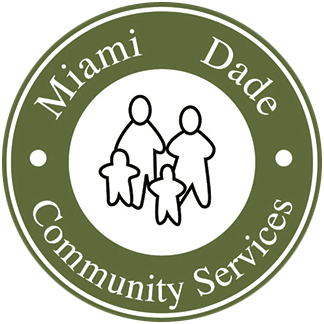Many people do not understand why or how other people become addicted to drugs. It is often mistakenly assumed that drug abusers lack moral principles or willpower and that they could stop using drugs simply by choosing to change their behavior. In reality, drug addiction is a complex disease, and quitting takes more than good intentions or a strong will. In fact, because drugs change the brain in ways that foster compulsive drug abuse, quitting is difficult, even for those who are ready to do so. Through scientific advances, we know more about how drugs work in the brain than ever, and we also know that drug addiction can be successfully treated to help people stop abusing drugs and lead productive lives.
Drug abuse and addiction have negative consequences for individuals and for society. Estimates of the total overall costs of substance abuse in the United States, including productivity and health- and crime-related costs, exceed $600 billion annually. This includes approximately $193 billion for illicit drugs, $193 billion for tobacco, and $235 billion for alcohol. As staggering as these numbers are, they do not fully describe the breadth of destructive public health and safety implications of drug abuse and addiction, such as family disintegration, loss of employment, failure in school, domestic violence, and child abuse.
What Is Drug Addiction?
Addiction is a chronic, often relapsing brain disease that causes compulsive drug seeking and use, despite harmful consequences to the addicted individual and to those around him or her. Although the initial decision to take drugs is voluntary for most people, the brain changes that occur over time challenge an addicted person’s self- control and hamper his or her ability to resist intense impulses to take drugs.
Fortunately, treatments are available to help people counter addiction’s powerful disruptive effects. Research shows that combining addiction treatment medications with behavioral therapy is the best way to ensure success for most patients. Treatment approaches that are tailored to each patient’s drug abuse patterns and any co-occurring medical, psychiatric, and social problems can lead to sustained recovery and a life without drug abuse.
Similar to other chronic, relapsing diseases, such as diabetes, asthma, or heart disease, drug addiction can be managed successfully. And as with other chronic diseases, it is not uncommon for a person to relapse and begin abusing drugs again. Relapse, however, does not signal treatment failure—rather, it indicates that treatment should be reinstated or adjusted or that an alternative treatment is needed to help the individual regain control and recover.
Illicit Drug Use
Illicit drug use in America has been increasing. In 2012, an estimated 23.9 million Americans aged 12 or older—or 9.2 percent of the population—had used an illicit drug or abused a psychotherapeutic medication (such as a pain reliever, stimulant, or tranquilizer) in the past month. This is up from 8.3 percent in 2002. The increase mostly reflects a recent rise in the use of marijuana, the most commonly used illicit drug.
Use of most drugs other than marijuana has not changed appreciably over the past decade or has declined. In 2012, 6.8 million Americans aged 12 or older (or 2.6 percent) had used psychotherapeutic prescription drugs nonmedically (without a prescription or in a manner or for a purpose not prescribed) in the past month. And 1.1 million Americans (0.4 percent) had used hallucinogens (a category that includes Ecstasy and LSD) in the past month.
Cocaine use has gone down in the last few years; from 2007 to 2012, the number of current users aged 12 or older dropped from 2.1 million to 1.7 million. Methamphetamine use has remained steady, from 530,000 current users in 2007 to 440,000 in 2012.
Most people use drugs for the first time when they are teenagers. There were just over 2.8 million new users (initiates) of illicit drugs in 2012, or about 7,898 new users per day. Half (52 per-cent) were under 18.
More than half of new illicit drug users begin with marijuana. Next most common are prescription pain relievers, followed by inhalants (which is most common among younger teens).
